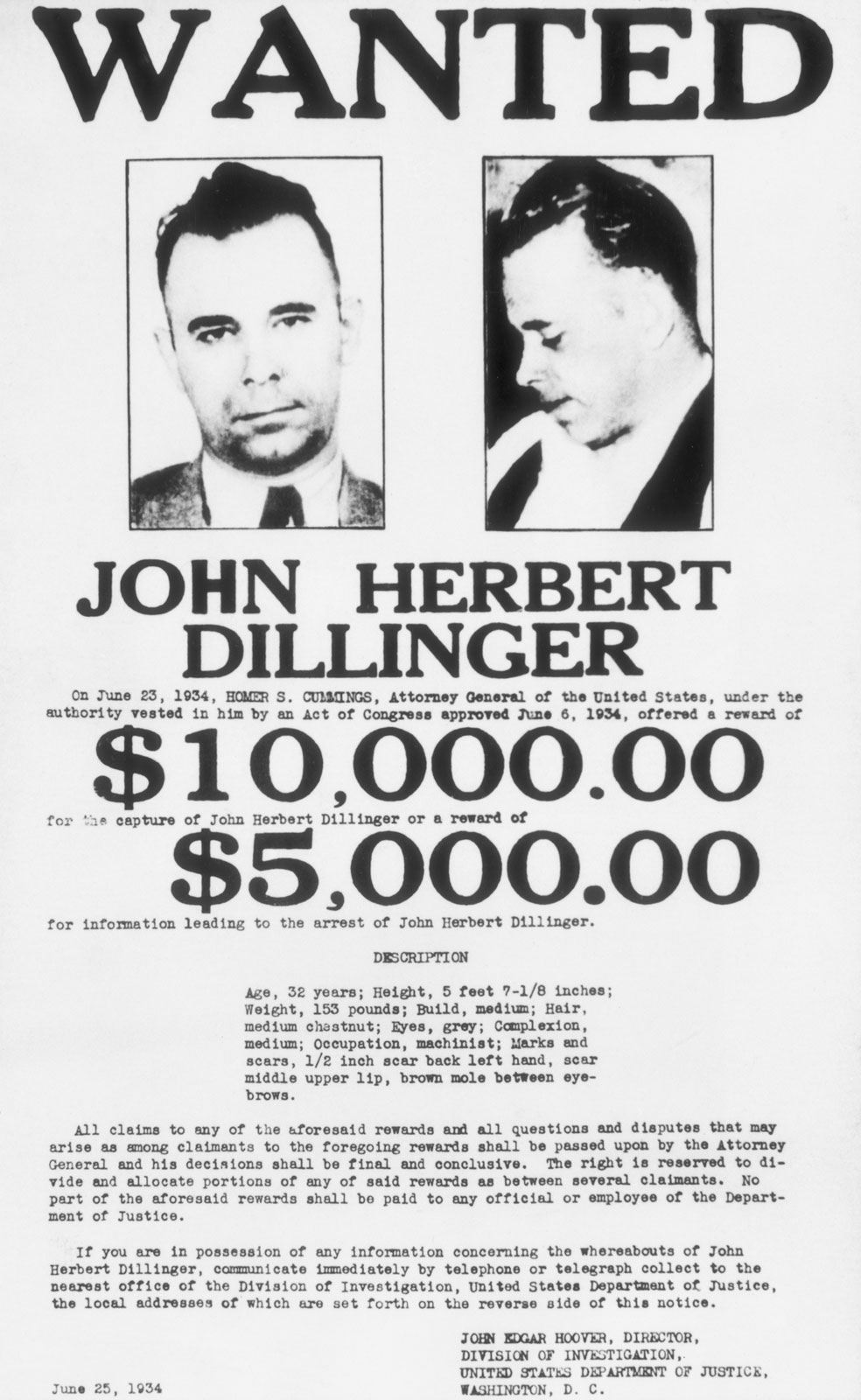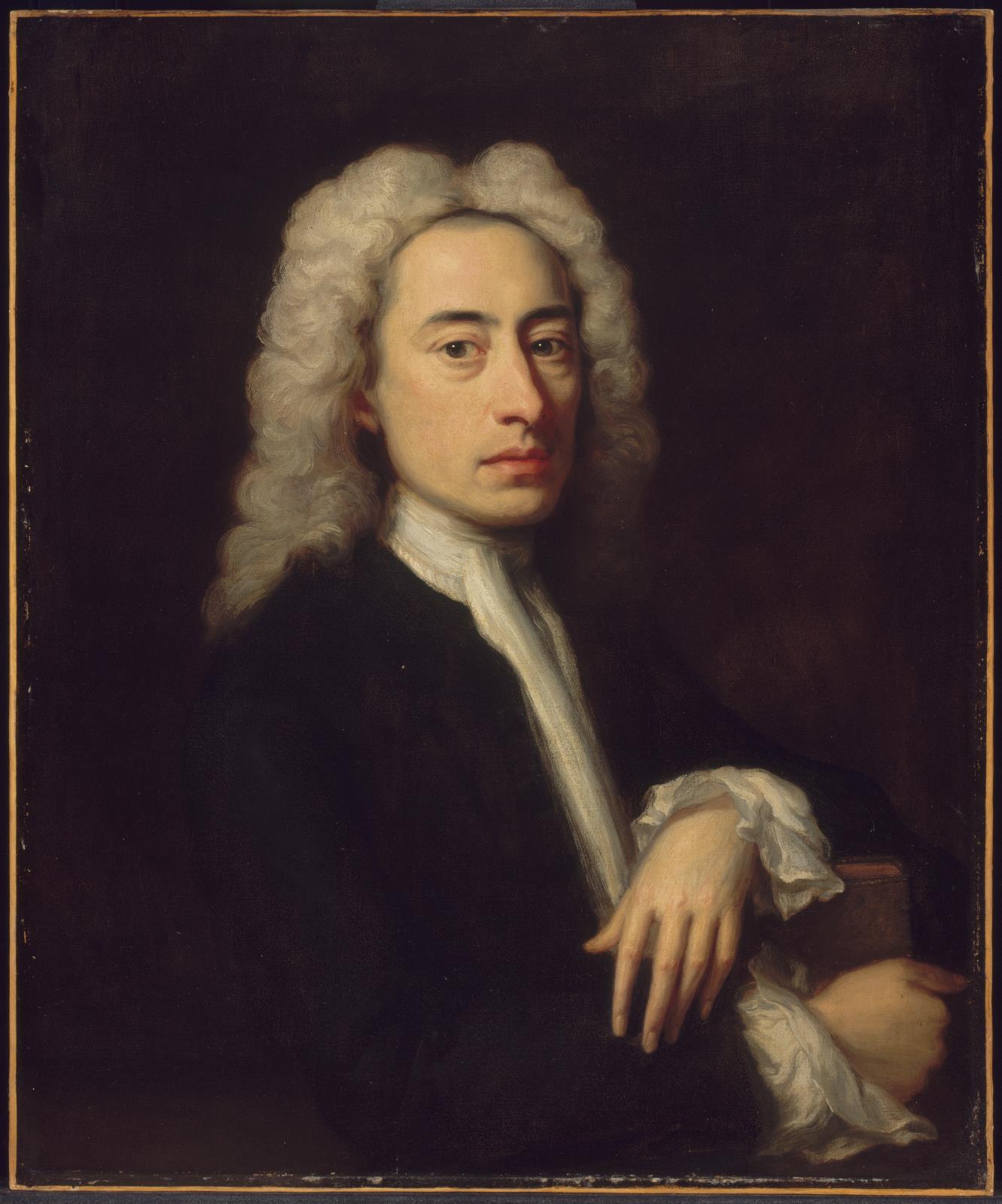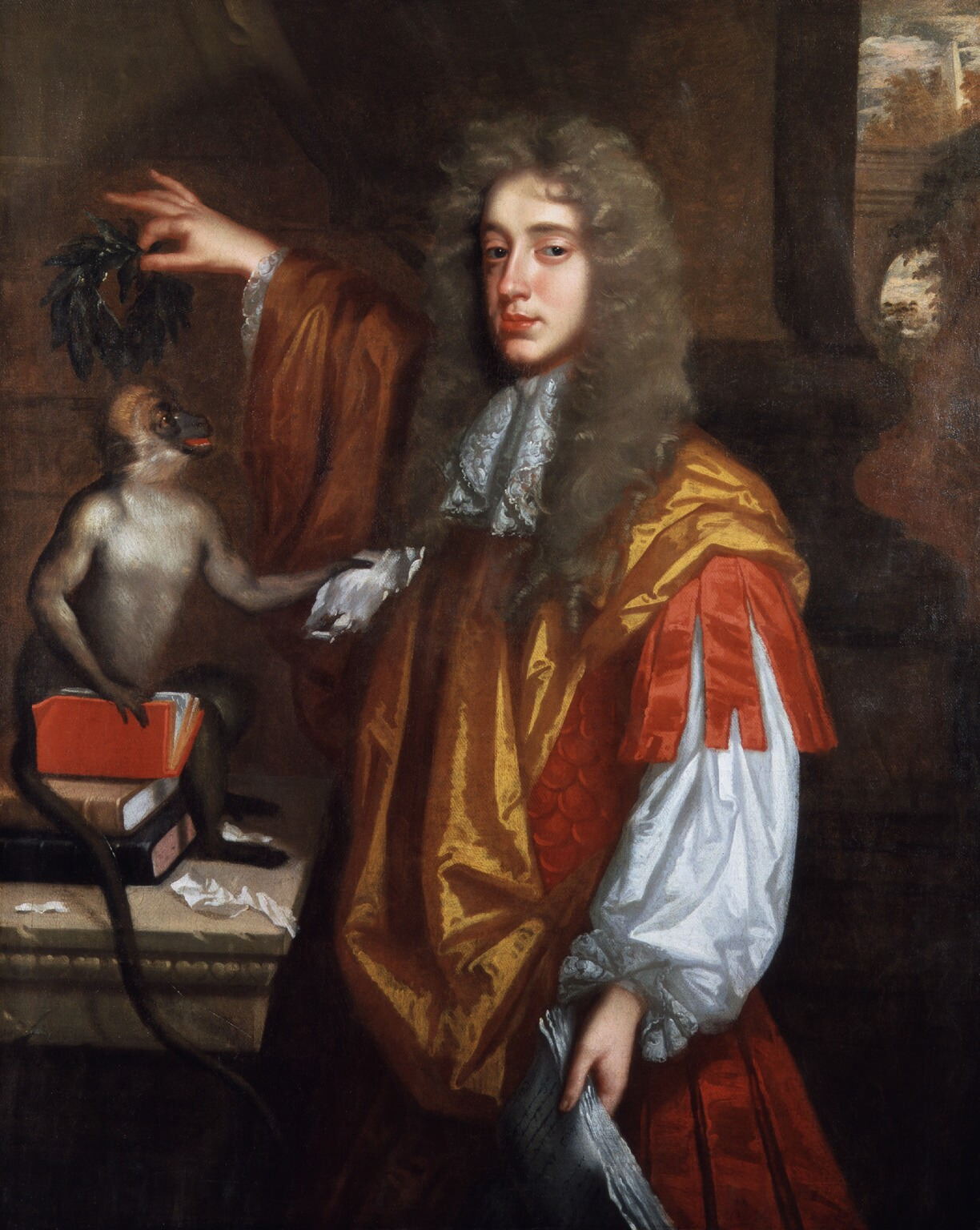Just as
the rake and
the fop were seen as dichotomies of masculinity, the Country Gentleman formed a dichotomy with
the Cit. In addition the country gentleman became the object of an "internal dichotomy" where two representations highlighted the conflicts in an increasingly partisan political milieu.
The country gentleman first appeared in Horace and Virgil and was equated with the "good man" in Renaissance and 17th century literature. He embodied qualities like independence, freedom, moderation and earnestness. He is a character fundamentally in opposition to the city; he resents the fashions, customs, characters of and foreign influence on the city and, most significantly, is opposed to centralised politics. Whereas the character stays much the same throughout the 17th and 18th century, its use and the nature of its traits changes depending on which party is in power.
The Whig party in the making embraced the qualities of the country gentleman. They were opposed to the Stuart court and its Catholic, foreign affiliates. They conservatively and nationalistically celebrated country gentleman's Englishness (later representing him as Addison and Steele's
Sir Roger de Coverley and
John Bull) and saw him as a representative of the landed gentry whose ancestors made King John sign the Magna Charta. In Whig literature, like Buckingham and Howard's
The Country Gentleman, the country gentleman visits the city, finds faults with city politics and particularly with the fops and their French excesses and returns to the country to avoid the corruption of the city.
The court, soon-to-be-Tory, party on the other hand supported the Stuarts, a hierarchical understanding of society and embraced foreign impulses (which neatly tied in with the Stuarts' inclination towards Catholicism). The Tories saw the country gentleman as a failed man; a rustic, cowardly, uncouth "booby" who failed to participate in society. He was clearly linked to the then vanquished roundhead Puritans in Aphra Behn's
The Rover and
The Roundheads. Here, the country gentleman is subjected to the wit and masculinity of the cavalier rake and fails to avoid being bested in all respects.
The Whig country gentleman's oppositional aspect did complicate matters following the Glorious Revolution and the protestant succession, however. To oppose the new government became synonymous with supporting the ousted Stuarts and so the Whigs washed their hands of the country gentleman. Fielding's
Tom Jones features Squire Western, a brutish country gentleman in contrast to the polite de Coverley. As the Whigs switched sides, the country gentleman became more of a threatening Tory figure.
There is a further twist to this confusing story. The decline of the Tories was followed by a fragmentation of the Whig party. Robert Walpole's absolutist tendencies met with opposition from members of his own party who saw these as Tory characteristics. Thus, the negatively depicted country gentleman would simultaneously be used to criticise Walpole's government (as Fielding did) and to criticise those political elements in the city which were in opposition to this government. (Colley Cibber's country gentleman's central characteristic, as portrayed in
The Provok'd Husband; or a Journey to London, is wrongheaded opposition to politics and politicians).
Towards the end of the 18th century, with the rise of the cult of sensibility, saw a softening in the treatment of the country gentleman. In Henry Mackenzie's
The Man of Feeling, the he is presented in a more favourable light. In a number of tableaux, the country gentleman Ben Stilton and later Harvey, the eponymous protagonist, are more in tune with morality and virtue than city characters they encounter. Although this corresponds to the properties of sensibility it also destroys the country gentleman or leaves him at a consistent disadvantage.
 |
| John Bull - the francophobic country gentleman |
In addition, a more masculine, active, rough and ready country gentleman rises to prominence towards the end of the century. The John Bull character became an oppositional response to threatening developments in France and this form of the country gentleman would become the precedent for many of the country gentlemen of the 19th century. From Austen to Wilde, the happy completion of a plot would often involve settling in the country and becoming a country gentleman.
Source: Elaine M. McGirr, Eighteenth-Century Characters: A Guide to the Literature of the Age (Houndsmills: Palgrave Macmillan, 2007)














.jpg)








